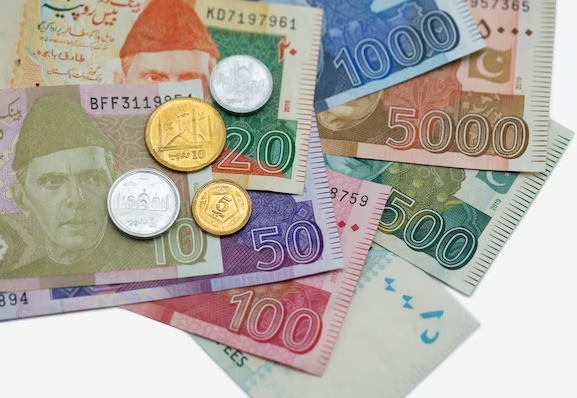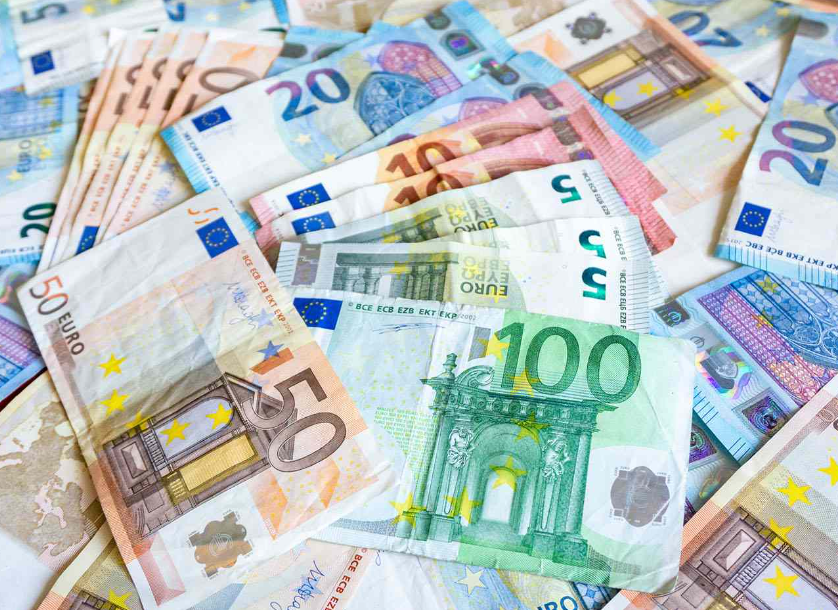Let’s talk about Czech Republic National Currency. The Czech Republic, a picturesque Central European nation, boasts a rich history and vibrant culture. At the heart of its financial system lies the Czech koruna, the national currency. This article delves into the details of the Czech koruna, exploring its history, design, economic significance, and more.
History of the Czech Republic National Currency
The Czech koruna has a fascinating history that traces back to medieval times. It was first introduced in 1919 after the dissolution of the Austro-Hungarian Empire. Over the years, the currency has undergone various transformations, reflecting the nation’s evolving economic landscape and political changes.
Design and Denominations
The koruna’s design showcases elements of Czech culture, history, and natural beauty. From renowned historical figures to iconic landmarks, the currency’s imagery resonates with the nation’s identity. The koruna is divided into smaller units called haléř, which allows for precise transactions.
Exchange Rate and Economic Impact of Czech Republic National Currency
The exchange rate of the Czech koruna against other major currencies is closely monitored by economists and investors. Fluctuations in the exchange rate can influence trade, tourism, and foreign investments. The koruna’s stability is crucial for maintaining a healthy national economy.
Benefits and Challenges of Czech Republic National Currency
Having its own currency provides the Czech Republic with economic independence. The central bank can implement monetary policies tailored to domestic needs. However, managing a national currency also requires effective strategies to mitigate inflation, maintain stability, and ensure international acceptance.
The Role of the Czech National Bank
The Czech National Bank plays a pivotal role in regulating the country’s monetary and financial system. It monitors economic indicators, sets interest rates, and implements measures to control inflation. The bank’s decisions significantly impact the value and performance of the Czech koruna.
Comparison with the Euro
While the Czech Republic is part of the European Union, it has not adopted the euro as its official currency. This decision has both advantages and drawbacks. While the euro offers simplified cross-border transactions, retaining the koruna provides greater control over domestic economic policies.
Traveler’s Guide to Using Czech Koruna
For travelers exploring the Czech Republic, understanding the local currency is essential. Many establishments across the country accept koruna exclusively, and having cash on hand can facilitate smoother transactions. Currency exchange services are widely available, but it’s advisable to compare rates for the best deals.
FAQs About the Czech Republic National Currency
Q1: Is the Czech koruna used in other countries?
A1: No, the Czech koruna is the official currency of the Czech Republic and is not used in other countries.
Q2: Can I use euros in the Czech Republic?
A2: While some larger businesses and tourist areas might accept euros, the official currency for transactions in the Czech Republic is the Czech koruna. It’s recommended to have koruna for everyday expenses.
Q3: How does the Czech National Bank influence the koruna’s value?
A3: The Czech National Bank uses various monetary policy tools, such as adjusting interest rates and intervening in foreign exchange markets, to influence the value of the koruna relative to other currencies.
Q4: What denominations does the koruna come in?
A4: The Czech koruna is available in various denominations, including banknotes and coins. Banknotes are typically issued in denominations of 100, 200, 500, 1000, 2000, and 5000 koruna. Coins are available in smaller denominations.
Q5: Are credit cards widely accepted in the Czech Republic?
A5: Credit and debit cards are generally accepted in major cities and tourist areas. However, it’s advisable to carry some cash, especially in rural areas and smaller establishments where card acceptance might be limited.
Conclusion
The Czech koruna stands as a symbol of the nation’s economic sovereignty and heritage. Its journey from historical origins to modern significance showcases the Czech Republic’s resilience and adaptability. Understanding the role of the koruna enriches one’s experience of this captivating country.
References
- Czech National Bank. (n.d.). Official website. https://www.cnb.cz/en/
- Czech Republic. (2021). IMF Country Report No. 21/93. https://www.imf.org/en/Publications/CR/Issues/2021/04/08/Czech-Republic-2021-Article-IV-Consultation-Press-Release-and-Staff-Report-50836
- Czech koruna. (n.d.). European Central Bank. https://www.ecb.europa.eu/euro/coins/html/cz.en.html
- Czech Republic Travel Tips. (2023). Rick Steves’ Europe. https://www.ricksteves.com/europe/czech-republic/tips

